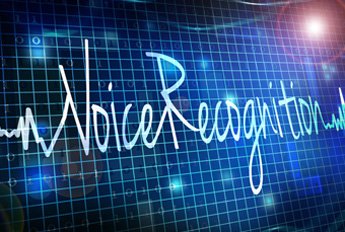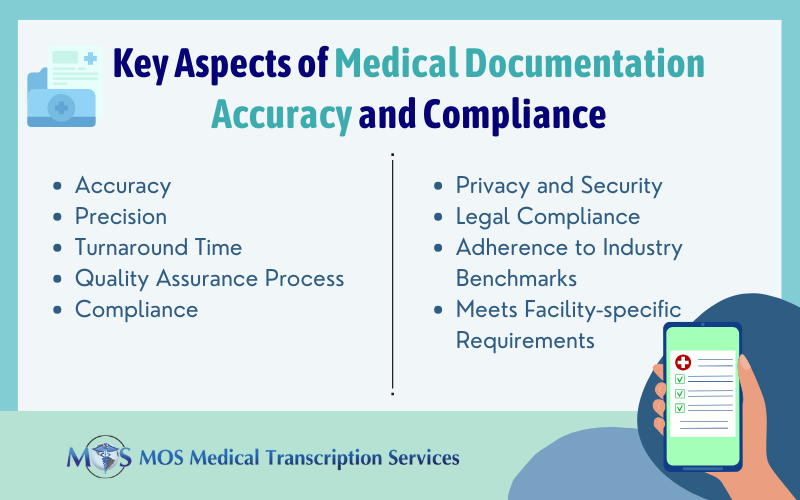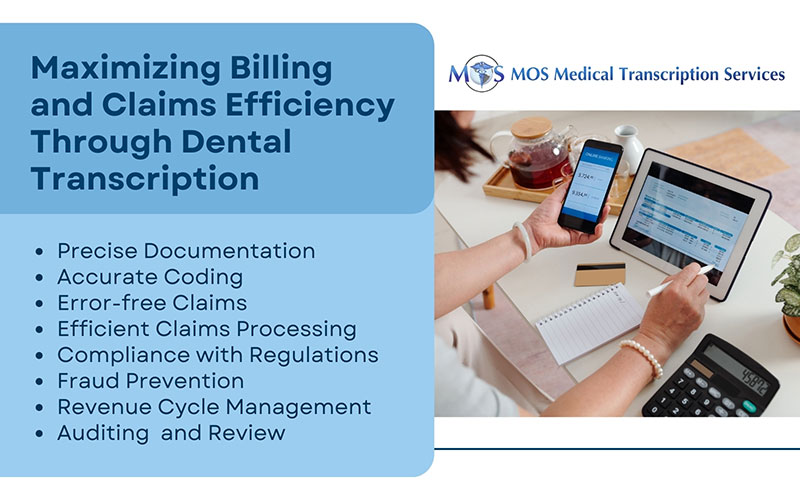 Typically, clinicians outsource medical transcription requirements to speed up the documentation and save time. In the present digital age, many tasks done by humans are being entrusted with machines and one such technological development is voice recognition software. Since this technology is still in its developmental stage, healthcare organizations and providers continue to use medical transcription services as a solution to edit the transcripts created by the voice recognition software integrated with their EMR system. Some health systems have started using this natural language processing technology (that was mostly reserved for doctors earlier) for nurses and ancillary providers. This is with a view to saving time and optimizing the use of minimal staff available. Take for instance the nursing staff at the Hudson Valley Heart Center in Poughkeepsie, NY that has started using speech recognition for real-time documentation in the hospital’s EHR system. This hospital system had earlier rolled out speech recognition for its physicians.
Typically, clinicians outsource medical transcription requirements to speed up the documentation and save time. In the present digital age, many tasks done by humans are being entrusted with machines and one such technological development is voice recognition software. Since this technology is still in its developmental stage, healthcare organizations and providers continue to use medical transcription services as a solution to edit the transcripts created by the voice recognition software integrated with their EMR system. Some health systems have started using this natural language processing technology (that was mostly reserved for doctors earlier) for nurses and ancillary providers. This is with a view to saving time and optimizing the use of minimal staff available. Take for instance the nursing staff at the Hudson Valley Heart Center in Poughkeepsie, NY that has started using speech recognition for real-time documentation in the hospital’s EHR system. This hospital system had earlier rolled out speech recognition for its physicians.
Improving efficiency is vital with the growing healthcare demands from the baby boomer generation and a predicted nursing shortage. According to the U.S. Bureau of Labor Statistics, 1.1 million new nurses would be required over the next 7 years. Half that number is needed to replace nurses who will retire by 2020, and the other half will be required to fill an anticipated 575,000 new positions. To add to the problems, there is a scarcity of qualified nursing-school faculty. The question is whether EHRs and speech recognition technology can really improve physician and nurse efficiency and give them more time for patient care.
- Studies show that nurses at present spend around 19% of their time on documentation. Therefore, it is vital that a constructive change is introduced in nursing documentation method if nurses are to get more time to spend on patient care.
- Speech recognition could help save time for physicians and nurses, but the concern is regarding its efficiency. These systems are not completely reliable when it comes to understanding and transcribing different dialects, abbreviations, slang etc. that providers may use. Moreover, are these systems viable for documentation in busy, noisy hospital environments? What about the confidentiality of PHI when clinicians may have to record something in a hospital hallway?
This is why many healthcare providers consider a blend of medical transcription and EHR a more viable option. Medical transcription service providers can help clinicians to dictate their patient narratives quickly and maintaining full confidentiality, and get the final transcripts edited and proofread to ensure maximum accuracy. Most medical transcription firms provide HL7-interface to facilitate communication with providers. Or for physicians using speech recognition integrated EMR systems, they can offer editing services to ensure accuracy and reliability of the final documents.


